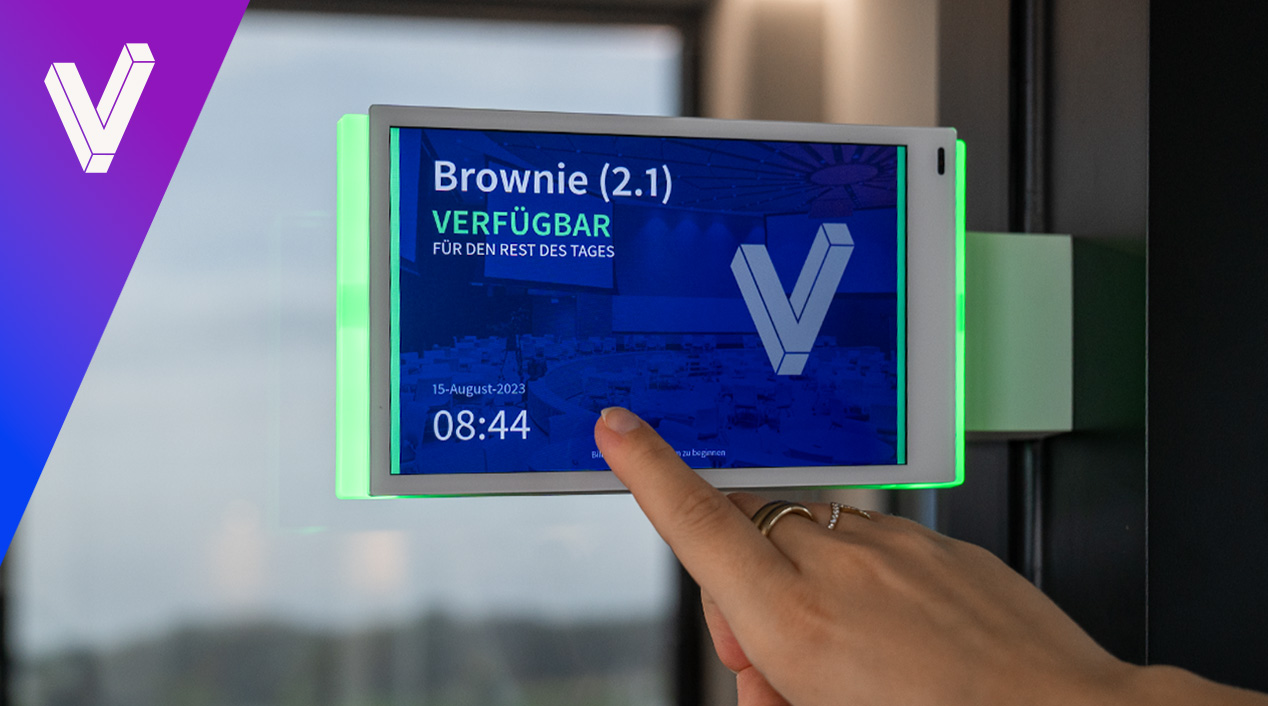























£749.99*


Frequently purchased together
Product information
One touch. Two roles.
Neat Pad is a simple and elegant touchscreen that you can use as a console in any Microsoft Teams meeting room or as a Teams panel outside. With its sleek design, including the ideal screen angle for smooth interaction and viewing, Neat Pad is designed specifically for meeting rooms
It blends in well anywhere, whether it's placed on a table, wall or elsewhere. Thanks to a single power-over-Ethernet cable, Neat Pad is always on and ready to go, and thanks to a dedicated power cable, it never runs out of battery.
Meeting Control.
As a controller, Neat Pad lets you quickly start your meetings and share your screen with just one tap. Simply configure Neat Pad as a Teams Rooms console. From there, you can invite participants, mute them if needed, or record your meetings.
Easy to set up.
Neat Pad comes with a wall mount and a side mount, making it easy for anyone to install and set up. Use the wall mount to attach the Neat Pad to the wall of your meeting room as a controller or outside your meeting room as a scheduler. Use the side mount to attach Neat Pad to the edge of your door frame or jamb.
Room availability.
You can install the Neat Pad outside your meeting room for optimal room management. Configure the Neat Pad as a Teams Rooms panel. Then you can book the room instantly without having to go through your calendar systems like Outlook, and built-in LED indicators show room availability at a glance, even from a corridor.
Fully managed and supported.
Neat removes complexity and threats thanks to our single-purpose hardware devices, which means you don't have to stress about passwords and patches. Plus, you can install all the latest upgrades with just one click through the Microsoft Teams Admin Center.
Technical data
| Name | Neat Pad - Touchscreen for Zoom or Microsoft Teams Meeting Room 8" Display |
|---|---|
| Article number | 1000026027 |
| GTIN/EAN | 8592978377670 |
| Manufacturer SKU | NEATPAD-SE |
| Model name | Pad - Touchscreen for Zoom or Microsoft Teams Meeting Room |
| Brand | Neat |
| Product Type | Touch display |
| Resolution | 1280 x 720 HD-Ready |
| Diagonal | 8" |
| Inputs | 1x Ethernet |
| wireless technology | WiFi |
| Product width | 19.8 cm |
| Product height | 4.2 cm |
| Product depth | 12.7 cm |
| Weight | 0.52 kg |
| Colour | Black |
| Delivery contents | Power cable |
| Condition | New |
| Warranty | 12 Month |
| Warranty type | Bringin service Service and support information |
Product safety
| Person responsible for the EU |
|---|
| Legrand Care GmbH |
| Robert-Bürkle-Straße 3 |
| 85737 Ismaning |
| Germany |
| infogermany.legrandcare@legrand.com |














